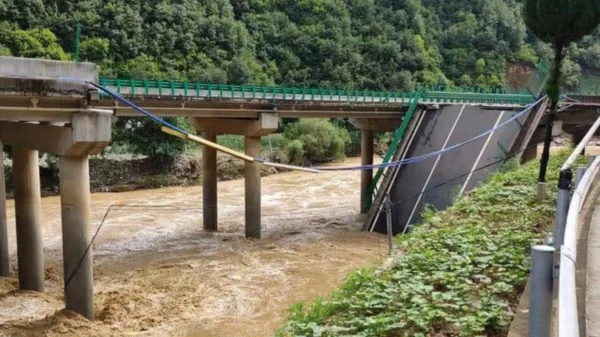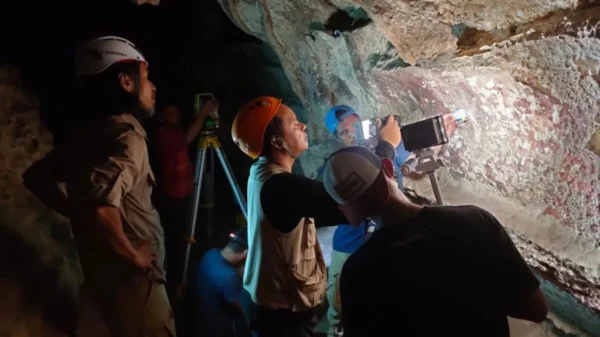The California wine industry has long been renowned for its exceptional wines and picturesque vineyards. With its diverse climate and fertile soil, California has become a hub for wine production in the United States. In this blog post, we will explore the latest updates and developments in the California wine industry.
1. Sustainable Practices
One of the key developments in the California wine industry is the increasing adoption of sustainable practices. Many wineries are now implementing organic and biodynamic farming methods to reduce their environmental impact. By using natural fertilizers, minimizing pesticide use, and conserving water, these wineries are not only producing high-quality wines but also preserving the ecosystem for future generations.
2. Technology and Innovation
The California wine industry is embracing technology and innovation to improve production processes and enhance the overall wine experience. Wineries are utilizing state-of-the-art equipment and software to monitor vineyard conditions, optimize irrigation, and track grape maturity. Additionally, virtual reality and augmented reality are being used to provide immersive experiences for wine enthusiasts, allowing them to virtually tour vineyards and learn about different varietals.
3. Wine Tourism
Wine tourism has become a significant driver of growth in the California wine industry. Visitors from around the world flock to the region to explore its stunning vineyards, participate in wine tastings, and learn about the winemaking process. To cater to this growing demand, wineries are expanding their facilities to include visitor centers, tasting rooms, and event spaces. Some wineries even offer accommodation, allowing guests to fully immerse themselves in the wine country experience.
4. Emerging Wine Regions
While Napa Valley and Sonoma County have long been the iconic regions of the California wine industry, there are several emerging wine regions that are gaining recognition. Areas such as Paso Robles, Santa Barbara County, and the Sierra Foothills are producing exceptional wines and attracting attention from wine enthusiasts and critics alike. These regions offer unique terroirs and grape varieties, adding diversity to the California wine landscape.
5. Wine Education
Education has become a focal point in the California wine industry. Wineries are offering educational programs and tasting events to help consumers deepen their knowledge and appreciation of wine. From wine pairing workshops to vineyard tours, these initiatives aim to empower consumers to make informed choices and develop a deeper connection with the wines they enjoy.
6. Climate Change Adaptation
The California wine industry is also addressing the challenges posed by climate change. Rising temperatures and changing weather patterns are impacting grape growing conditions. Wineries are implementing strategies such as planting heat-resistant grape varieties, adjusting harvest times, and employing advanced irrigation techniques to adapt to the changing climate. These efforts are crucial for ensuring the sustainability and longevity of the California wine industry.
In conclusion, the California wine industry continues to evolve and thrive. With a focus on sustainability, technology, wine tourism, emerging regions, education, and climate change adaptation, the industry is poised for continued success. Whether you are a wine enthusiast or a casual consumer, exploring the world of California wines is an enriching experience that showcases the passion and dedication of its winemakers.



































